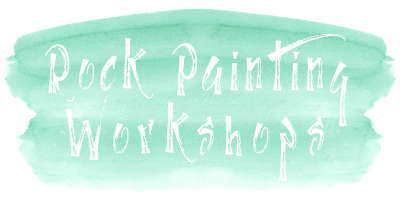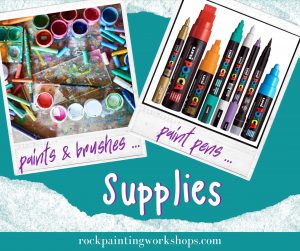
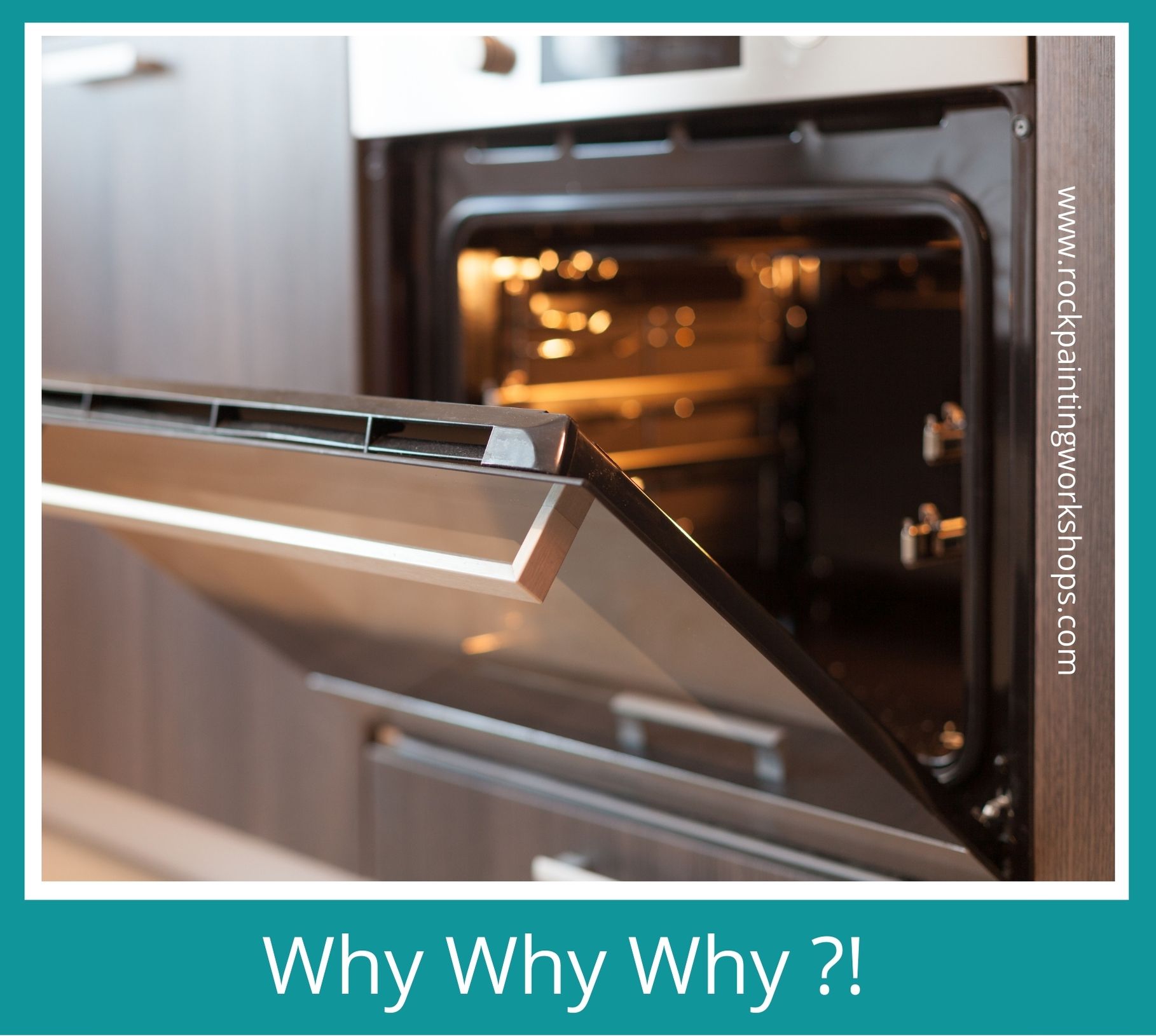
Chinese whispers – that is usually how it starts. One person reads to heat the paint pens on a ceramic surface and it ends up people saying put your rocks in the oven to set the paint – Heads up – That is dangerous
Chinese whispers – that is usually how it starts. One person reads to heat the paint pens on a ceramic surface and it ends up people saying put your rocks in the oven – Heads up – That is dangerous
Let’s chat about rocks NOT going in the oven….


Yes, you can heat up some rocks, but do you know what rocks do in heat – They explode !
Rocks that can stand extreme heat would be from a high, dry area. This is what we do when we go camping right, and we know to never heat rocks that have come from a wet area. They may have trapped moisture which can cause them to explode when heated. We avoid glasslike or crystal filled stones, slate or shale. These are prone to explosion and breakage near heat.
Rocks can explode in a campfire because of rapid expansion due to trapped water inside the rock, or through UNEVEN heating. Although virtually all rocks have some amount of water inside them, porous and more permeable rocks have more water and are thus more dangerous when heated. But we are not camping we are rock painting so let us look at that ……

Why are you putting rocks in the oven ?! Has this advice come from Chinese Whispers ? The brands of Acrylic paint pens we use SET ‘with heat’ on things like fabric or ceramic cups, glassware etc. The fabric can be ironed, cups or glassware are all suitable items that can be placed in the oven – they are heat friendly . The paint sets with the heat. Rocks are not consistent from one to the next, and are not all heat friendly . Did the advice of heating your rocks get formed from this knowledge – we think so … And the thing is you do not need to set the paint on your rocks with heat – just let them dry properly and seal as we advise HERE
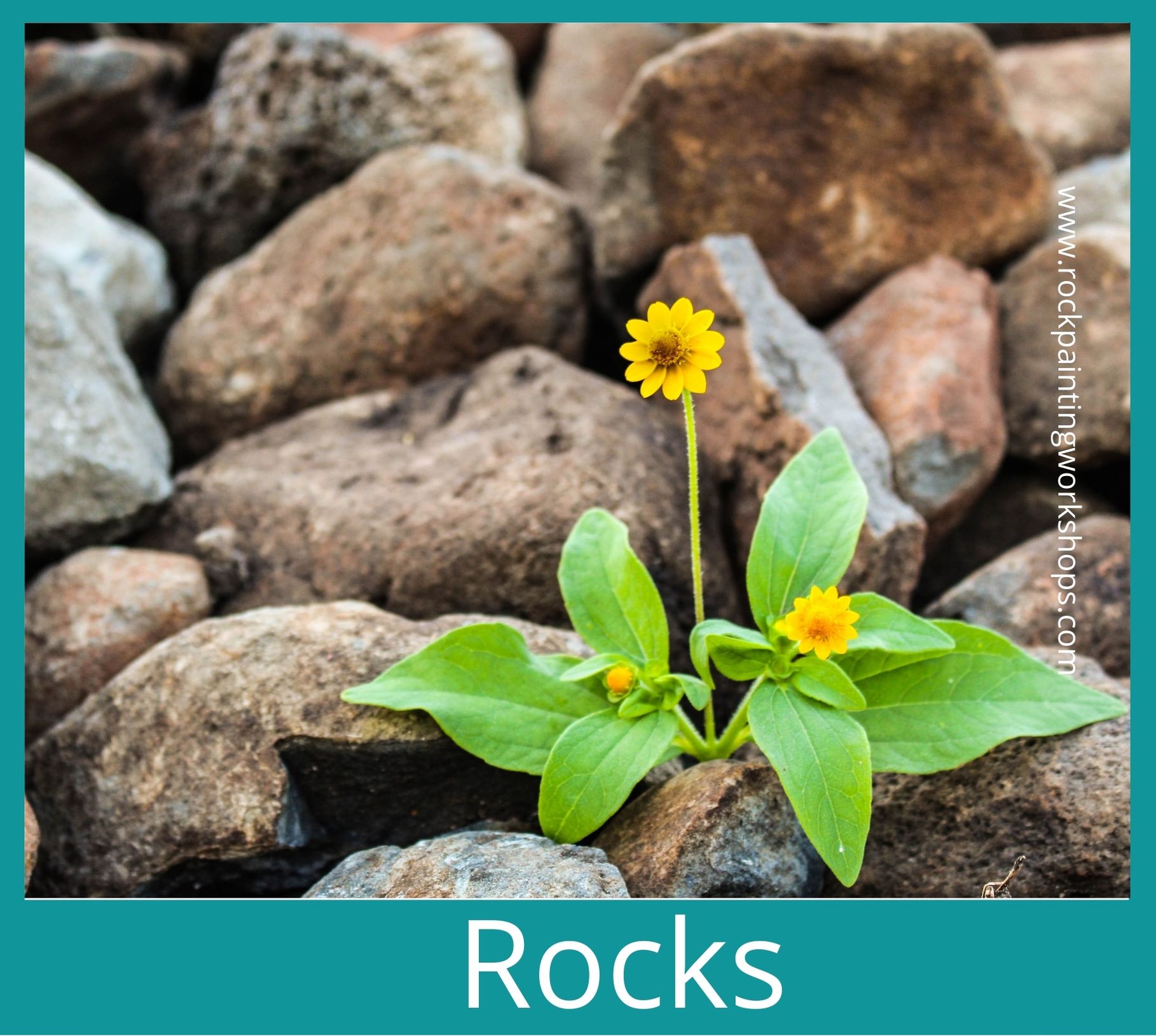
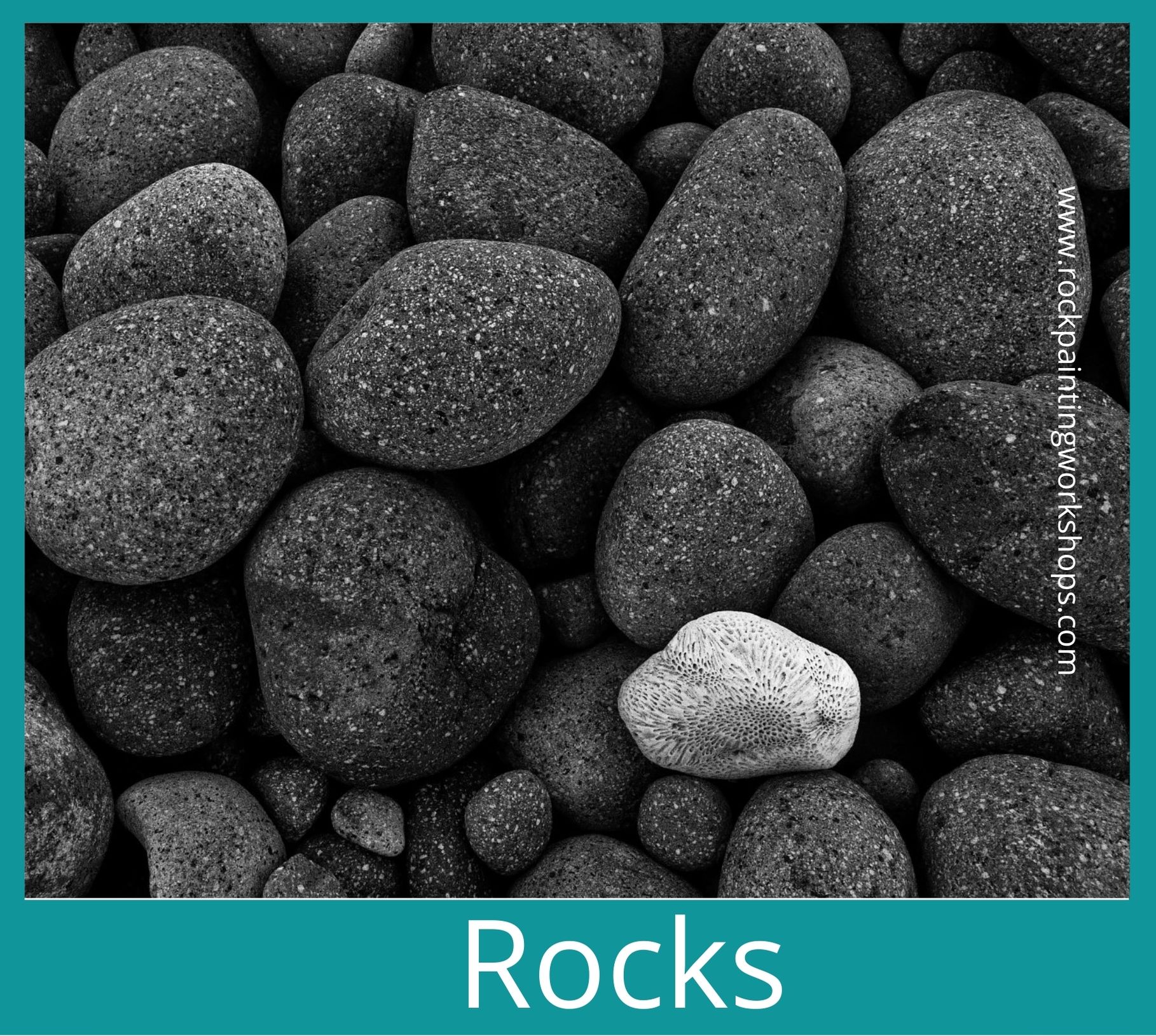
Things to address -the moisture content in the rock and the the type of rock.
If the rock is wet and you heat it rapidly, any water will turn to steam and put pressure on the rock, forcing shards of it to break off rapidly.
Layered rocks such as sandstone are much more likely to split and perhaps explode because of the weaker bonds between their layers.
Smooth rocks are usually a sign that they may have been on a river bed at some point in their lives and therefore have water trapped deep in them.
Dry, unlayered rocks should be fine. The most important thing to consider if you heated a rock is you need to not ‘shock’ them with extreme heat. They will need to be gradually heated up to temperature and then left to naturally cool to room temp.
The thing is on the craft blogs we read the temperature they recommend to heat rocks is the temperature that also explodes rocks. Should you cook rocks? you decide – We choose NO as our option.

Our Supplies page is HERE to read up on everything you need to paint Rocks.
Learn heaps of different techniques on how to paint rocks – Right HERE
We are adding new tutorials all the time CLICK HERE for heaps of new ideas

